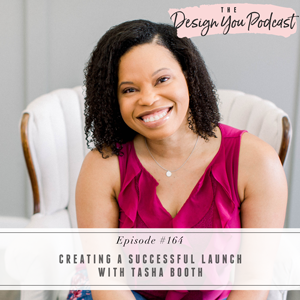
Do you have a product, service, or program that you want to sell but don’t know how to go about it? Do you have an offering that you know will serve people, but simply don’t know how to get it off the ground? Today’s guest is just the person to help. Get out your notepads friends, you’re going to learn so much from this episode!
Tasha Booth is the owner and proud CEO of The Launch Guild, a thriving and highly sought-after OBM and Digital Marketing Implementation Agency. She runs a team of over 20 amazing women who help established coaches and course creators launch their products and she joins me this week to share everything you need to know to launch your product, service, or program successfully.
Listen in this week and learn what exactly a launch is and what you can expect when you launch your product or service. Launches are a great way to promote your offering – whether it’s for groups or one-on-one services – and Tasha is sharing some advice for somebody new to launching as well as a three-step process to help you create a successful launch. If you don’t know where to start when it comes to a launch, Tasha has your back!
If you want help creating a business with thriving revenue streams so that you can design the life you really want this year, now is your chance! We’re going to be opening the doors to the Design You Coaching Program really soon, get on our waitlist now!





